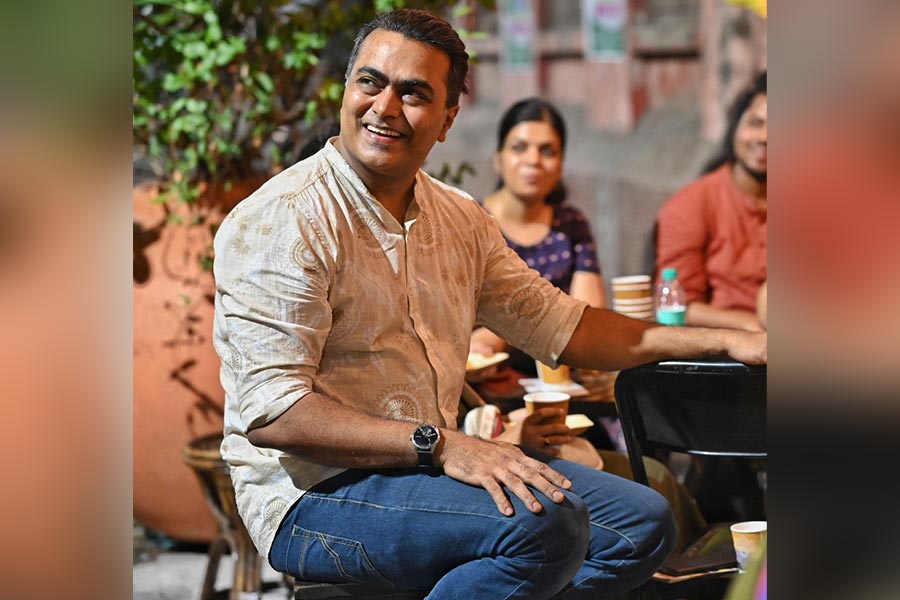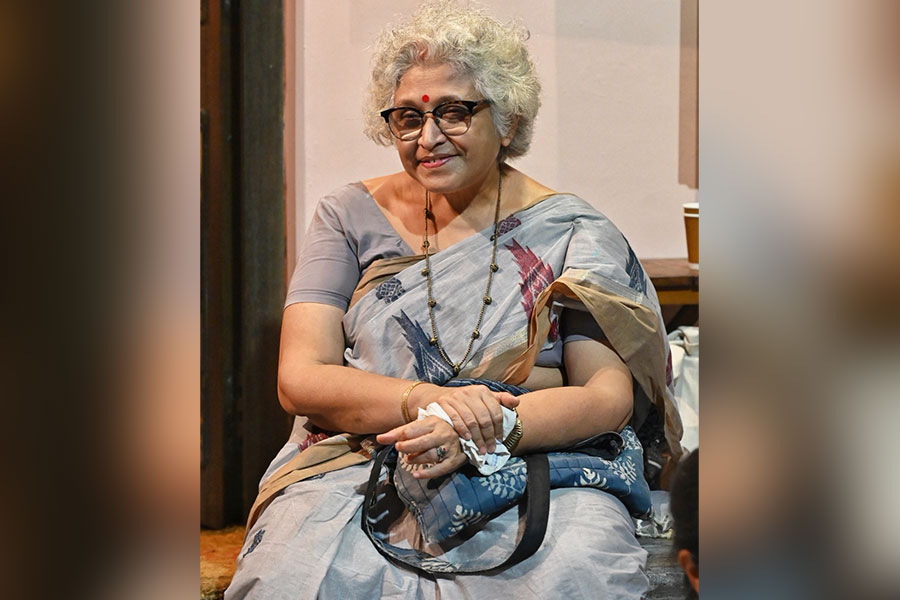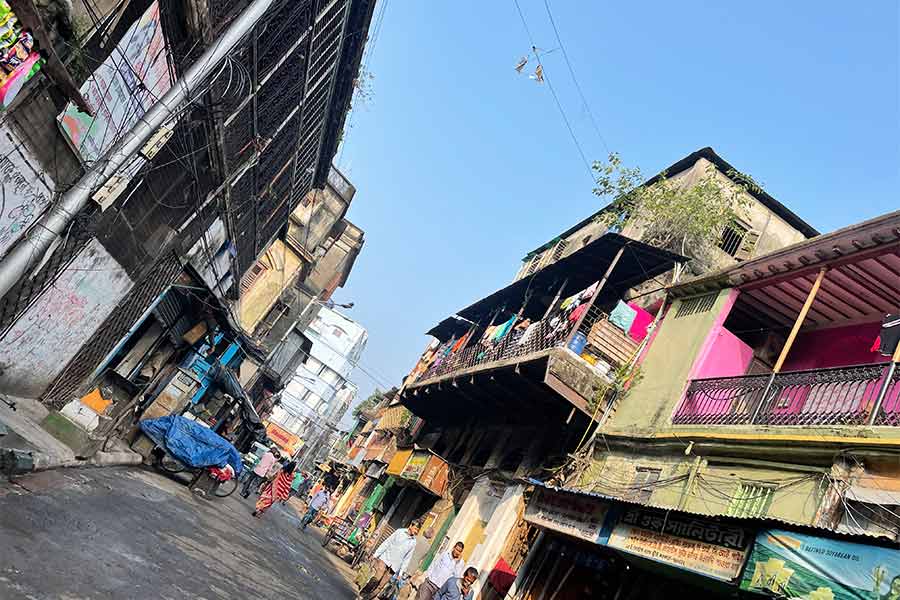It is impossible to talk about Kolkata without mentioning its paras. Bustling, desolate, cramped, spacious, grand or dingy, the city’s neighbourhoods have their own unique identity. At the same time, there is a bit of Kolkata condensed into every para. The nucleus of every neighbourhood was the community, brought together in the evening at the red-oxide rowak outside every home. From football to politics, cinema to literature, these adda sessions encompassed myriad topics, and are reminiscent of the city’s warmth.
How paras shape a city
In order to remind citizens of this fading practice, Calcutta Walks curated ‘Shonibar’er Adda’ on the rowak of Calcutta Bungalow on May 4. Heads turned and passers-by halted as they saw a stimulating conversation brewing in a quaint Shyambazar lane. My Kolkata joined in.
The discussion was led by Calcutta Bungalow and Calcutta Walks founder, Iftekhar Ahsan and filmmaker Subha Das Mollick, with a focus on Jane Jacobs’s ideas on how neighbourhoods shape a city’s soul.

‘There could be no better way to have an adda session than on the rowaks of this heritage building. We want this to become a regular feature on the first Saturday of every month, with the locals participating,’ said Iftekhar Ahsan
A recurring theme within the conversation was around how a collective living space was making way for a gated community, leading to increased classism and segregation. Many lamented over how people from different income groups rarely engage with each other anymore.
When ‘paras’ meant inclusion
“When the first TV came into the neighbourhood, the entire para gathered together to watch Mahabharat or Ramayana. Now, something like that is just a fleeting memory,” reminisced Nirabari Bandyopadhyay, HOD of film and television at iLEAD. Sonia Guha, who was the architect behind the gallery documenting Rabindranath Tagore’s travels to Italy, added, “Growing up, we were never aware of each other’s income groups. In today’s gated communities, kids grow up only with other kids from the same economic background.”
Calcutta Walks explorer Ramanuj Ghosh shared examples of how he had grown up playing football with people from all walks, while today’s kids played in protected environments like turfs, which has artificial grass. “The kids of auto drivers, promoters and entrepreneurs played together. But those who didn’t come from privilege were always the best players, because they had a hunger within them,” he said.

‘An adda on the rok feels like going back to the old times. Everyone shared unique experiences from different parts of the city, and it was incredible to see no hierarchy,’ said Subha Das Mollick
A lot of it mirrors who we have become as a society. There was anguish over how outings have become synonymous with malls and eateries, and development with skyscrapers and highways. Ahsan cited the example of Hindustan Park, where cafes have not only imbibed themselves into the culture of the para, but also helped sustain it. “No one was there in Hindustan Park when FabIndia arrived, and today, the entire space has been transformed. Someone just has to start. Even with the Calcutta Bungalow, we have tried to not just restore the structure, but infuse it with the flavour of the family who lived here. We don’t need to manufacture an aesthetic, because it is already there. Our only job is to showcase it in the best way possible,” he said.
A neighbourhood’s personality
He also pointed towards Jane Jacobs’s notion of the ‘Sidewalk Ballet’, where activity and life on the sidewalk add significantly to a neighbourhood’s personality. With people talking, sharing adda sessions, playing games and munching on street food, a lot is constantly happening in Kolkata’s paras. Calcutta Walks aims to showcase this juxtaposition of food, architecture and community through every walk.
Safety became a major talking point too, with Mollick remarking how civic authorities often restricted movement during late hours due to crimes, whereas people would feel much safer if there were more people on the street. She also reinforced the need for ample lighting.
Sunandan Roy Chodhury, the director of Sampark Publishing House, drew from his experiences of growing up in a small para in Belgachia to show how the very culture of a strong community became a safety net. “If there was any crisis in my home, I could literally holler and 10 people from the neighbourhood would gather in my home within minutes. Today, you have to pay for that,” he sighed. More people pitched in with similar stories, where they had come home from work due to a medical emergency, only to see members of the locality already having organised an ambulance.
Over the course of the adda, several neighbourhoods emerged as successful for having preserved their ethos, while remaining relevant through the years. Some of them included Gariahat, for fostering a chess club under the flyover; Lake Market area, for maintaining a thriving carrom culture; Zakaria Street for its culinary delights, especially during Eid; Dover Lane for hosting one of the city’s best music conferences; and College Street for keeping the spirit of Boi Para alive.
As the adda came to the end, Ahsan expressed his desire to make it a monthly feature, to collective enthusiasm.








